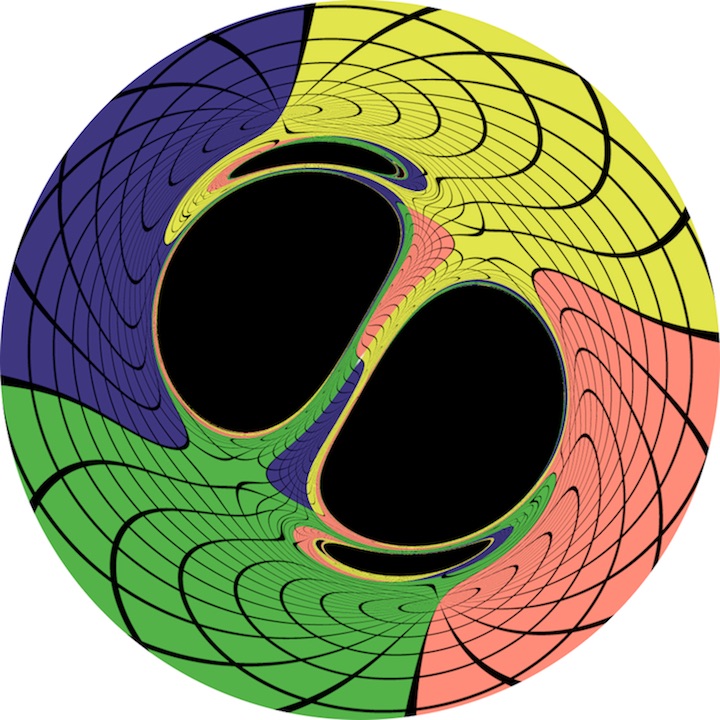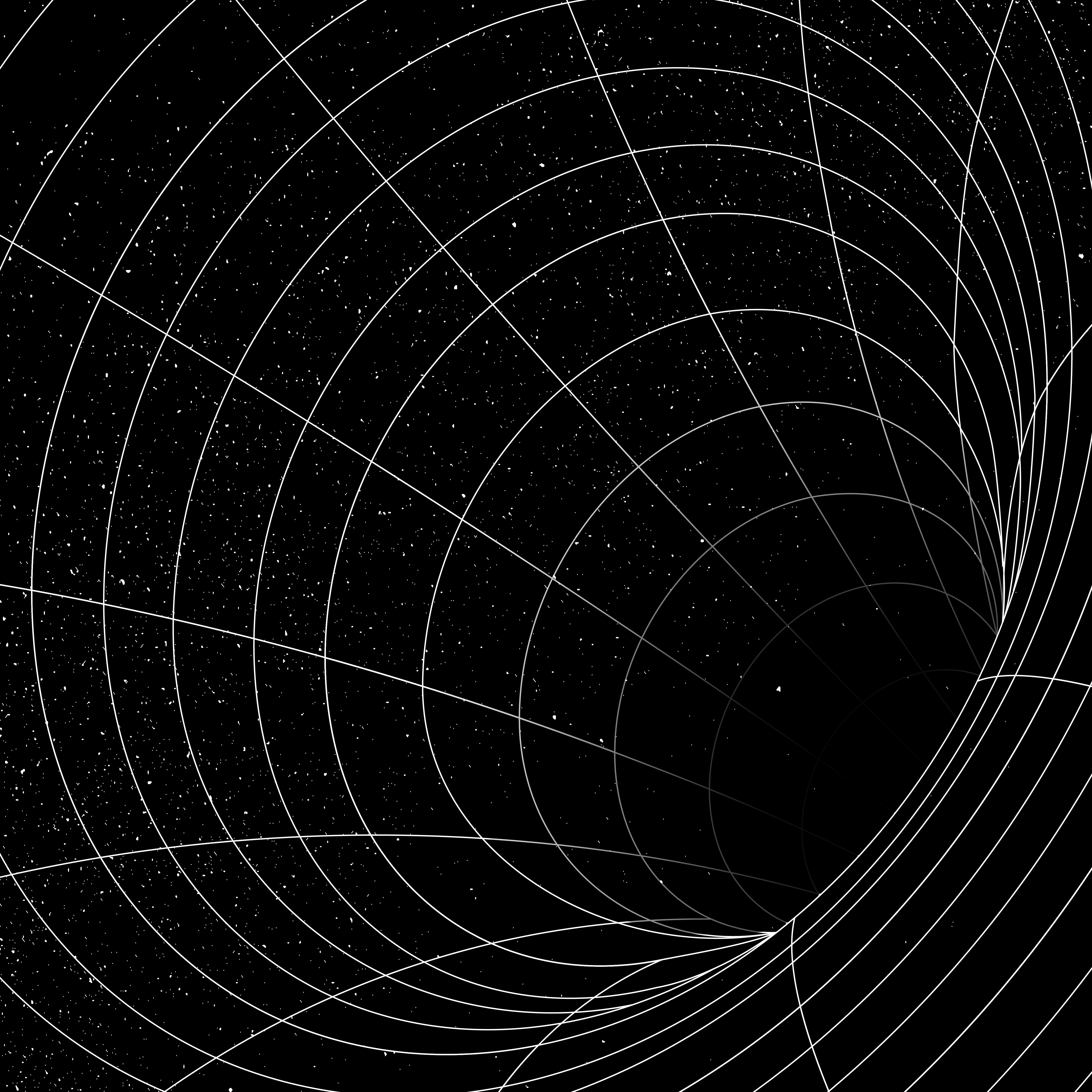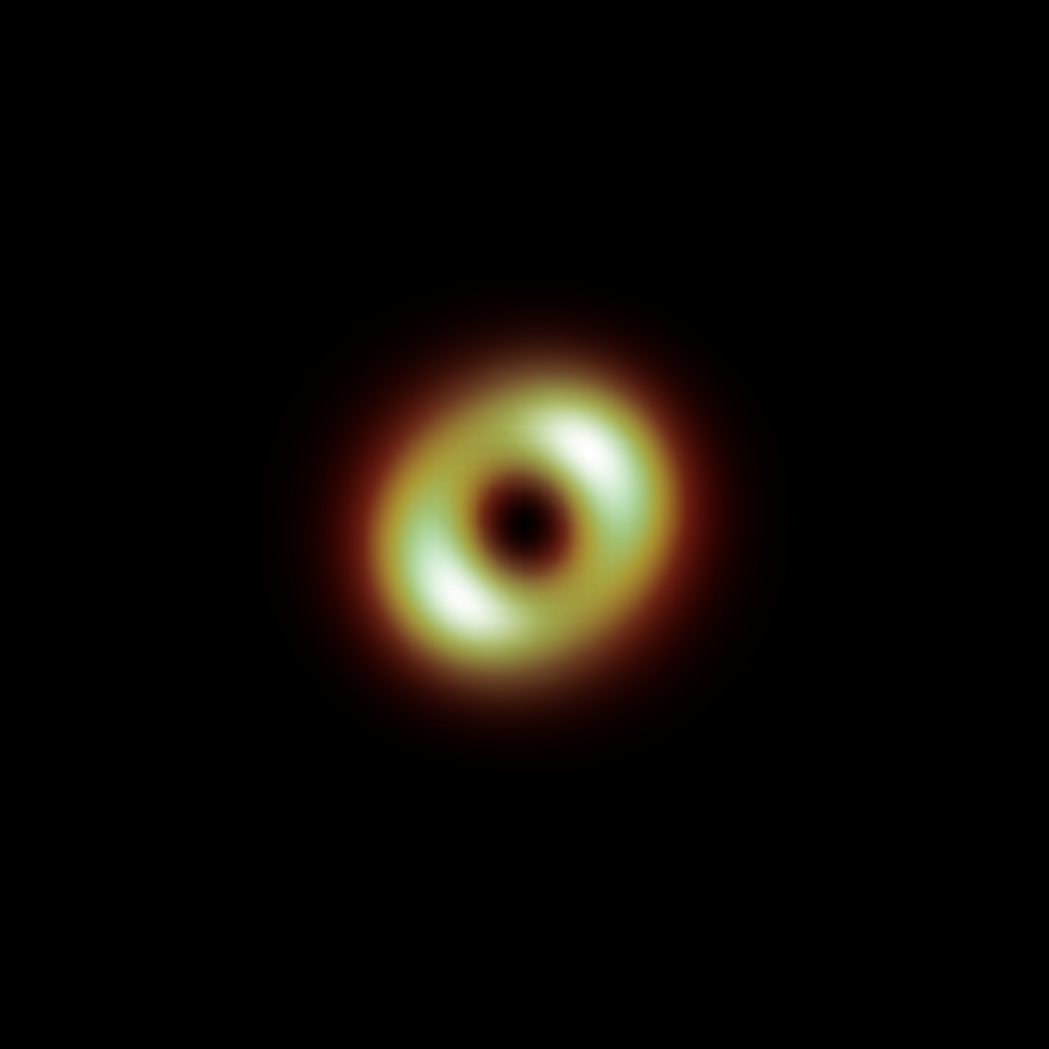Welcome to the NewFunFiCO Meeting!
Faculty of Physics, University of Valencia, Campus de Burjassot, Valencia, Spain - May 20-22 2025
Deadline Registration: April 25
Registration Call for abstracts- meeting on Compact Objects, Shadows, and Gravitational Waves 2025
- University of Valencia
The lectures will cover:

Back to the main page.

About our project.

Hotels, how to get to the University and more.

Timetable of the meeting.